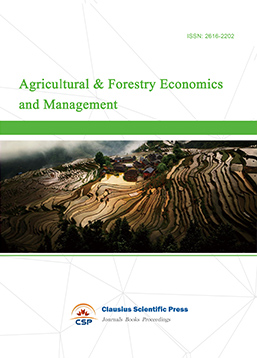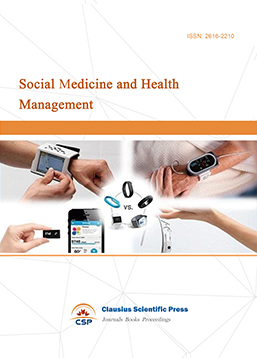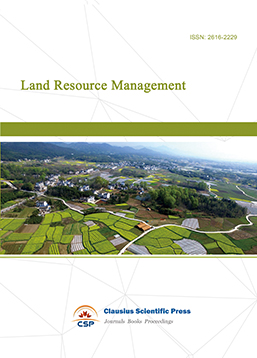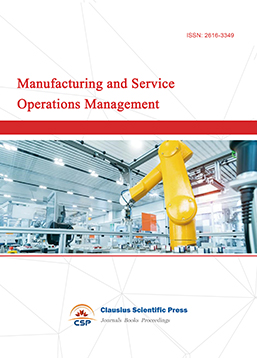Study on the Cooperative Mechanism of Earthquake Emergency Rescue in China
DOI: 10.23977/ieim.2023.060701 | Downloads: 24 | Views: 1509
Author(s)
Yang Yan 1, Wengang Yin 1, Siyu Dong 1
Affiliation(s)
1 Officers College of PAP, Chengdu, Sichuan, 610213, China
Corresponding Author
Yang YanABSTRACT
After the earthquake, on-site emergency rescue coordination is very important to minimize the disaster losses. Limited by communication tools, channel resources and network coverage, China's current earthquake emergency rescue coordination mechanism still has problems such as backward technology and low level of information sharing. In this paper, a new design method of earthquake emergency rescue cooperation platform is proposed by using advanced integrated communication network and communication technology. The earthquake emergency rescue cooperation platform is based on the current new mode of emergency management cooperation and linkage. Each department carries out collaborative disposal and response to the disaster situation according to its own functional responsibilities. It can improve the informatization level of information sharing and dynamic update among all cooperative members.
KEYWORDS
Earthquake, Cooperative mechanism, Emergency rescueCITE THIS PAPER
Yang Yan, Wengang Yin, Siyu Dong, Study on the Cooperative Mechanism of Earthquake Emergency Rescue in China. Industrial Engineering and Innovation Management (2023) Vol. 6: 1-9. DOI: http://dx.doi.org/10.23977/ieim.2023.060701.
REFERENCES
[1] Peng M, & Wei C. (2020). Investigation on an application of emergency rescue in the initial natural earthquake by wavelet analysis. IOP Conference Series Materials Science and Engineering, 794, 12-72.
[2] Zhang X, Hu X, & Li H. (2019). The evaluation of emergency rescue capability for general aviation enterprises under specified rescue demand after earthquake. 2019 5th International Conference on Transportation Information and Safety (ICTIS), 18(1), 55-68.
[3] Liu X. R, Su J. Y, Wang W, & Ma D. H. (2015). A dynamic model for buried casualties and emergency rescue in densely populated areas after earthquake. Systems Engineering-Theory & Practice, 13, 128-135.
[4] Liang L. I, Liu B, & Chen J. (2021). Reflections on the construction of emergency rescue team for earthquake disasters. Natural science, 3(5), 101-152.
[5] Yamahata & Yoshihiro. (2010). The earthquake in haiti. A report from the international emergency rescue team. Nihon Naika Gakkai Kaishi, 99(5), 1111-1115.
[6] Youpo S. U, Chen Y, Chen J & Shi G. (2015). Emergency rescue of serious earthquake in aging society for the aged. World Earthquake Engineering, 12(4), 238-248.
[7] Alessandro F. (2014). Experiments with the robocup rescue simulator in a post-earthquake emergency italian scenario. Greystone Books, 8, 293-305.
[8] Cimellaro G. P, Domaneschi M., & Noori A. Z. (2020). Improving post-earthquake emergency response using indoor tracking: Earthquake Spectra, 36(3), 1208-1230.
| Downloads: | 27006 |
|---|---|
| Visits: | 812424 |
Sponsors, Associates, and Links
-
Information Systems and Economics

-
Accounting, Auditing and Finance

-
Tourism Management and Technology Economy

-
Journal of Computational and Financial Econometrics

-
Financial Engineering and Risk Management

-
Accounting and Corporate Management

-
Social Security and Administration Management

-
Population, Resources & Environmental Economics

-
Statistics & Quantitative Economics

-
Agricultural & Forestry Economics and Management

-
Social Medicine and Health Management

-
Land Resource Management

-
Information, Library and Archival Science

-
Journal of Human Resource Development

-
Manufacturing and Service Operations Management

-
Operational Research and Cybernetics


 Download as PDF
Download as PDF